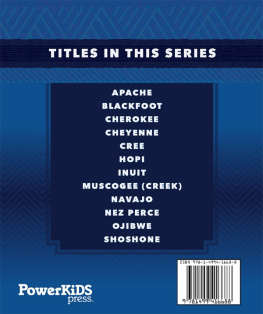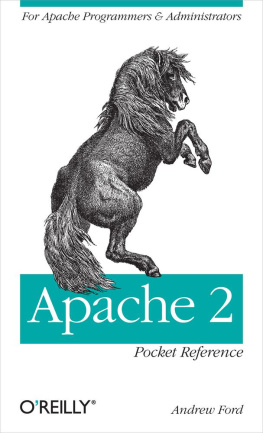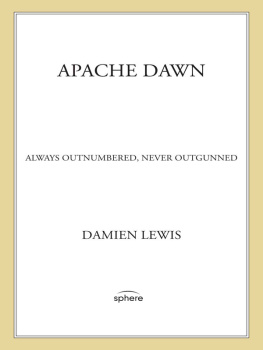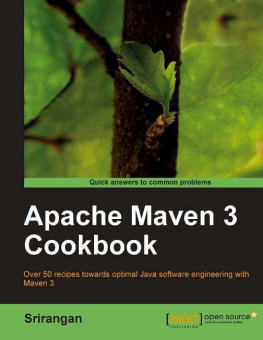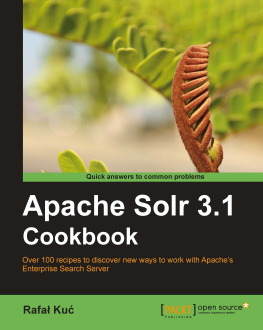I
Table of Contents
How the Territory Was Acquired
Table of Contents
In San Francisco in the early fifties, there was a house on the northeast corner of Stockton and Washington, of considerable architectural pretensions for the period, which was called the "Government Boarding House."
The cause of this appellation was that the California senators and their families, a member of Congress and his wife, the United States marshal, and several lesser dignitaries of the Federal Government, resided there. In those early days private mansions were few; so the boarding-house formed the only home of the Argonauts.
After the ladies retired at night, the gentlemen usually assembled in the spacious parlor, opened a bottle of Sazerac, and discussed politics.
It was known to the senators that the American minister in Mexico had been instructed to negotiate a new treaty with Mexico for the acquisition of additional territory; not that there was a pressing necessity for more land, but for reasons which will be briefly stated:
1st. By the treaty of 1848, usually called Guadaloupe Hidalgo, the government of the United States had undertaken to protect the Mexicans from the incursions of Indians within the United States boundary, and as this proved to be an impractical undertaking, the damages on account of failure began to assume alarming proportions, and the government of the United States was naturally anxious to be released from the obligation.
2. The Democratic party was in the plenitude of power, and the Southern States were dominant in the Administration. It had been the dream of this element for many years to construct a railroad from the Mississippi River to the Pacific Ocean, and the additional territory was required for "a pass". It was not known at that early day that railroads could be constructed across the Rocky Mountains at a higher latitude, and it was feared that snow and ice might interfere with traffic in the extremes of winter.
The State of Texas had already given encouragement to the construction of such a railroad, by a liberal grant of land reaching as far west as the Rio Grande, and it devolved upon the United States to provide the means of getting on to the Pacific Ocean. The intervening country belonged at that time to Mexico, and for the purpose of acquiring this land the treaty was authorized.
The condition of affairs in Mexico was favorable to a negotiation. Santa Ana had usurped the powers of the government, and was absolute dictator under the name of President. There was no Mexican Congress, and none had been convened since they were herded together at the conclusion of the Mexican War under protection of American troops.
The condition of affairs in the United States was also extremely favorable. The treasury was overflowing with California gold, under the tariff of 1846 business was prosperous, the public debt small, and the future unclouded. The American Minister to Mexico (General Gadsden of South Carolina) was authorized to make several propositions:
1st. Fifty Millions for a boundary line from the mouth of the Rio Grande west to the Pacific Ocean.
2nd. Twenty millions for a boundary line due east from the mouth of the Yaqui River in the Gulf of Mexico to the Rio Grande. This was to include the peninsula of Lower California.
3rd. Ten millions for a boundary line to include the "railroad pass."
A treaty was finally concluded for the smaller boundary, including the "railroad pass," comprising the land between the Rio Grande and the Colorado Rivers south of the Gila River, with the boundary line between the United States and Mexico about the shape of a dog's hind leg. The price paid for the new territory, which was temporarily called the "Gadsden Purchase," was ten million dollars.
A check for seven million was given by Mr. Guthrie, Secretary of the Treasury, on the sub-treasury in New York, to the agent of Santa Ana; but not a dollar of it ever reached the Mexican treasury, as Santa Ana fled with the spoil. The remaining three millions were retained to pay the "lobby" and confirm the treaty. The treaty was signed in Mexico on the 23d day of December, 1853.
Pending the negotiation of the treaty between the high contracting parties, in the City of Mexico, the discussion of the subject grew interesting at the Government Boarding-House in San Francisco, and a new California was hoped for on the southern boundary. Old Spanish history was ransacked for information from the voyages of Cortez in the Gulf of California to the latest dates, and maps of the country were in great demand.
In the mean time an agent of the Iturbide family had arrived in San Francisco with a "Mexican Grant." After the execution of the Emperor Iturbide, the Congress of the Mexican Republic voted an indemnity to the family of one million dollars; but on account of successive revolutions this sum was never at the disposition of the Mexican treasury, and in liquidation the Mexican government made the family a grant of land in California, north of the Bay of San Francisco, but before the land could be located, the Americans had "acquired" the country, and it was lost. The heirs then made application to the Mexican government for another grant of land in lieu of the California concession, and were granted seven hundred leagues of land, to be located in Sonora, Sinaloa and Lower California, in such parcels as they might select.
Seven hundred leagues, or 3,000,800 acres, is a large tract of land in a single body, and the attorney of the heirs considered it more convenient to locate the land in small tracts of a league or two at a place. The government of Mexico conceded whatever was required, and the grant was made in all due form of Mexican law.
In the discussion at the Government Boarding House in San Francisco it was urged: That the Gulf of California was the Mediterranean of the Pacific, and its waters full of pearls. That the Peninsula of Lower California was copper-bound, interspersed with gold and minerals, illustrated with old Spanish Missions, and fanned by the gentlest breezes from the South Pacific. That the State of Sonora was one of the richest of Mexico in silver, copper, gold, coal and other materials, with highly productive agricultural valleys in the temperate zone. That the country north of Sonora, called in the Spanish history "Arizunea" (rocky country) was full of minerals, with fertile valleys washed by numerous rivers, and covered by forests primeval. That the climate was all that could be desired, from the level of the Gulf of California, to an altitude of 15,000 feet in the mountains of the north. That the Southern Pacific Railroad would soon be built through the new country, and that a new State would be made as a connecting link between Texas and California, with the usual quota of governors, senators, and public officials.
It was urged that the Iturbide Grant could be located so as to secure the best sites for towns and cities in the new State, and the rest distributed to settlers as an inducement for rapid colonization. The enthusiasm increased with the glamour of Spanish history and the generous flow of Sazerac.
It must be admitted that an alluring prospect was opened for a young man idling away his life over a custom house desk at three hundred dollars a month; and in the enthusiasm of youth I undertook to make an exploration of the new territory and to locate the Iturbide Grant. Who could have foreseen that the attempted location of the Iturbide Grant would upset the Mexican Republic and set up an empire in Mexico under French protection?





